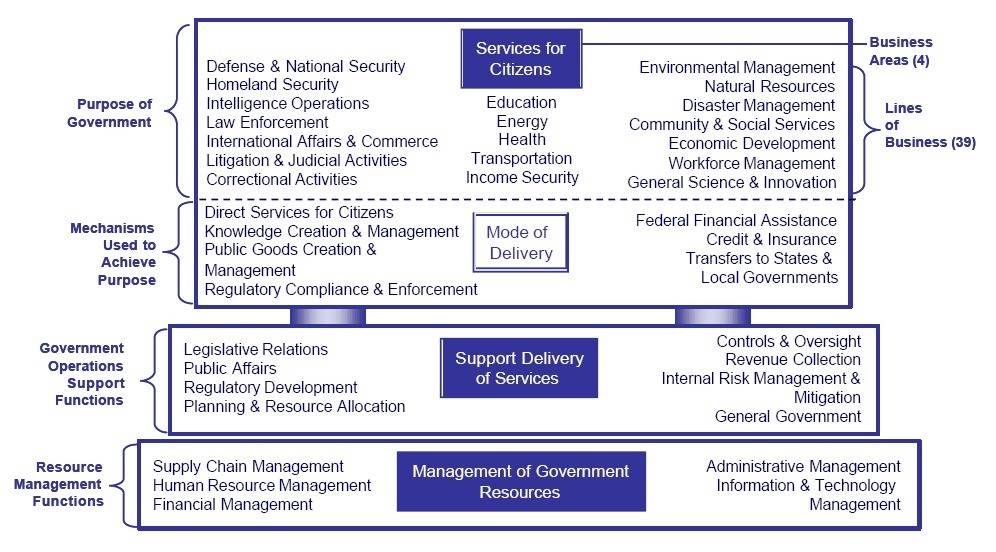Tactical versus Strategic
Post on: 25 Июль, 2015 No Comment

We are seeing regular reports that investors should use a tactical, versus strategic, method to manage their money. Both approaches may be appropriate for you, but it may help you to know the basic differences before choosing either method.
Tactical Investing
Tactical investing is a short-term approach that uses current information to determine the right tactic for an investment portfolio. This information may be drawn from market movements, specific indices, sectors, or countries. It may involve taking a long (ownership) position or using short (leveraged) positions. The tactics change as the information changes. There are many different tactical approaches to investing.
Here’s an example of a typical tactical investing strategy using industry sectors of the S&P 500:
The industry sectors of the S&P 500 are Consumer Discretionary, Consumer Staples, Energy, Financial, Health Care, Industrial, Materials, Technology, and Utilities. Historical data on these sectors is readily available and exchange traded funds from several major financial firms such as Barclays IShares, Vanguard ETF’s, and State Street Select Sector Indexes, allow investors to easily invest and trade specific sectors.
At any given time, analysts believe certain sectors are overvalued and that others are undervalued. Tactical investors and tactical investment managers, follow this type of analysis and buy the undervalued sectors and avoid those that are overvalued. More aggressive tactical investors use leverage for their long positions and add short positions to maximize their potential returns. By borrowing on margin for their purchases, the return will be magnified. It they are right, they will receive a higher return. When wrong, their return will be lower. Short positions are created by borrowing the security and selling it. When investors sell short, they are betting on the price falling. The normal order of a transaction is to buy then sell. Shorting is selling first and buying later. The risk of a short sell is that the price of the security rises and the short seller if forced to buy at a higher price than their sell.
Tactical investing requires ongoing monitoring and continuous analysis of the markets. But, individual investors do not have to handle this on their own. Most actively managed mutual funds are tactical in their approach.
Strategic Investing
Strategic investing is a long-term approach based on asset allocation and Modern Portfolio Theory. Strategic investors use long-term market characteristics to build portfolios they believe will equal the markets return over time periods of 5 years or more. Strategic investors generally use a passive approach composed of index funds.
Here’s an example of a typical strategic investing strategy:

An investor or investment manager builds an asset allocation of 50% Equities, 45% Bonds, and 5% Cash. The investor buys index funds or ETFs representing the allocation. If the investor is using Vanguard funds, for example, this allocation could be satisfied by putting 50% of the portfolio in Vanguard’s Total World Stock Fund, 45% in Vanguard’s Total Bond Fund, and the remaining 5% in the money market fund.
Over the longterm, the strategic investor does not need to monitor or analyze the markets. They simply rebalance the portfolio periodically to maintain the 50%, 45%, 5%, weightings.
Combining Tactical and Strategic Investing
Both approaches have devotees who believe their method is better than the other. But, personally, and professionally, I believe most investors benefit by combining the strategic longterm asset allocation strategy with the shorter term more actively managed tactical approach. The strategic approach generally has lower costs both in trading and management fees. The tactical approach offers the possibility of beating the market but carries higher trading and management fees. This combination of tactical and strategic methods is often referred to as “Core and Explore” or “Core and Satellite”. It provides the stability of the strategic approach with the potential benefits of tactical investing.
Remember, money is not your life!
I believe most investors will have more enjoyable lives when they use funds or delegate the management of their accounts to an investment firm or advisor, regardless of whether they choose tactical, strategic, or a combination of both.














